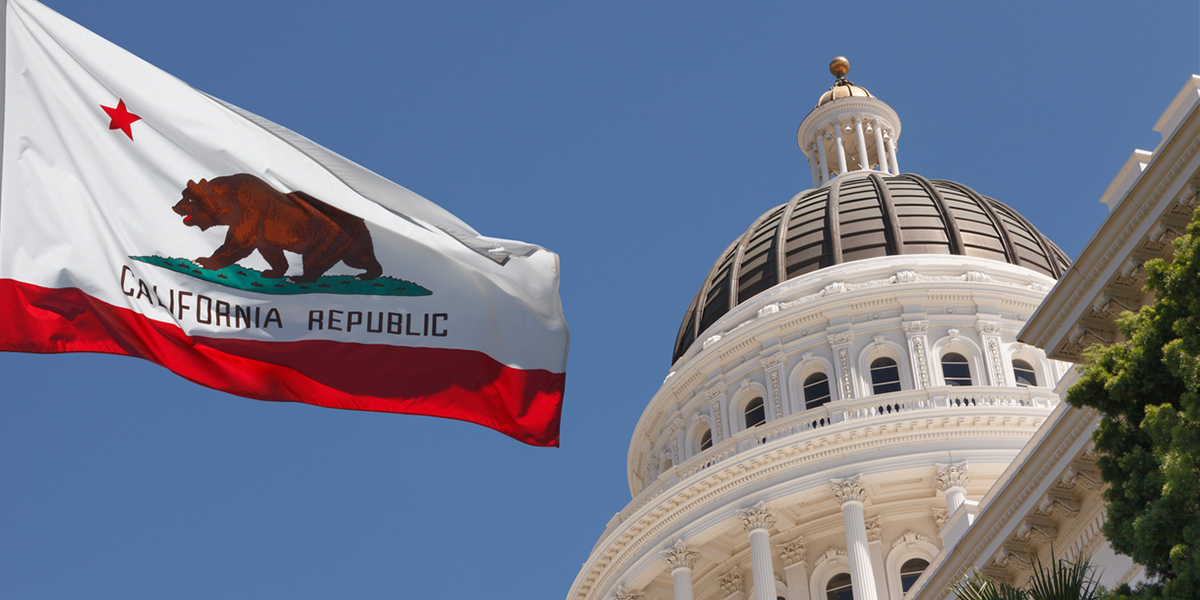Overview
California’s Air Resources Board (CARB) has released an initial FAQ offering early insights into how the state plans to implement its new climate disclosure laws, SB 253 and SB 261. While rulemaking for SB 253 is still being finalized, companies meeting certain revenue thresholds and conducting business in California will be required to file their SB 261 reports by January 1, 2026. The FAQ gives a helpful preview of what companies can expect on their path to compliance.
Who Needs to Pay Attention?
Companies operating in California should take note of two new climate disclosure laws with different thresholds and timelines.
Under SB 253, businesses earning over $1 billion annually and doing business in the state will be required to start reporting their Scope 1 and Scope 2 greenhouse gas emissions in 2026, with Scope 3 disclosures to follow in 2027.
Meanwhile, SB 261 applies to companies with more than $500 million in annual revenue, requiring them to submit their first climate-related financial risk report by January 1, 2026, and to update it every two years thereafter.
While not every business will be subject to both laws, a significant number will fall under at least one of these new mandates.
Key Takeaways from the July 9th FAQ:
- Definition of “Doing Business in California”
CARB is in the process of deciding how it will define which companies are considered to be “doing business in California” for the new climate reporting rules. Right now, they are leveraging the definition from the state’s tax code.
That means, if a company is engaged in any kind of for-profit activity and either (1) is based in California or (2) has more than roughly $735k in annual sales in California, it would likely be subject to the reporting requirements. This includes sales made through agents or contractors. CARB is asking for feedback, but this provides a good starting point for companies to assess whether or not they need to comply. - Emissions figures will need to be independently verified
Limited assurance over Scope 1 and 2 emissions will be required beginning with the first reports in 2026, with reasonable assurance to follow in 2030. No assurance will be required for Scope 3 at this stage. - Climate Risk Reporting Must Align with TCFD
Companies must align their climate-risk reports with the TCFD framework, ensuring disclosures remain material, specific, and transparent. - Good-Faith Efforts will Count
When reviewing possible violations, California will take into account whether a company genuinely tried to comply with the new climate reporting rules. Efforts made in good faith, especially those started early, will be viewed positively and could reduce the risk of penalties.
For the initial disclosures due by January 1, 2026, companies can rely on the most reliable information they have, even if it comes from prior fiscal years like 2023–24 or 2024–25. CARB also understands that data quality may vary at first, especially as companies work to improve how they collect and manage this information.
Why this Matters:
This is not a “wait and see” situation. With deadlines rapidly approaching, companies—especially those subject to both laws—should already be mobilizing internal resources.
Where Should You Start?
We recommend starting with the following:
- A formal review of your California footprint and revenue thresholds
- An inventory of existing climate data
- A materiality assessment tied to climate-related financial risks (aligned with TCFD or similar frameworks)
- An internal roadmap for evaluating Scope 3 emissions
We help clients:
- Produce TCFD reports
- Run TCFD-compliant scenario analyses
- Greenhouse Gas (GHG) Inventory Management Plan (IMP)
- Workiva Sustainability
- Implement carbon calculators (Workiva Carbon)
- Scope 3 Enablement for first-time reporters
Next Steps:
SB 261 climate-risk reports are due by January 1, 2026, so firms should be preparing to report as soon as possible. Final regulations for SB 253 are expected by the end of 2025. Until then, CARB is actively soliciting stakeholder feedback, particularly around definitions, timing, and potential exemptions.
Ready to get started? Let's connect.


